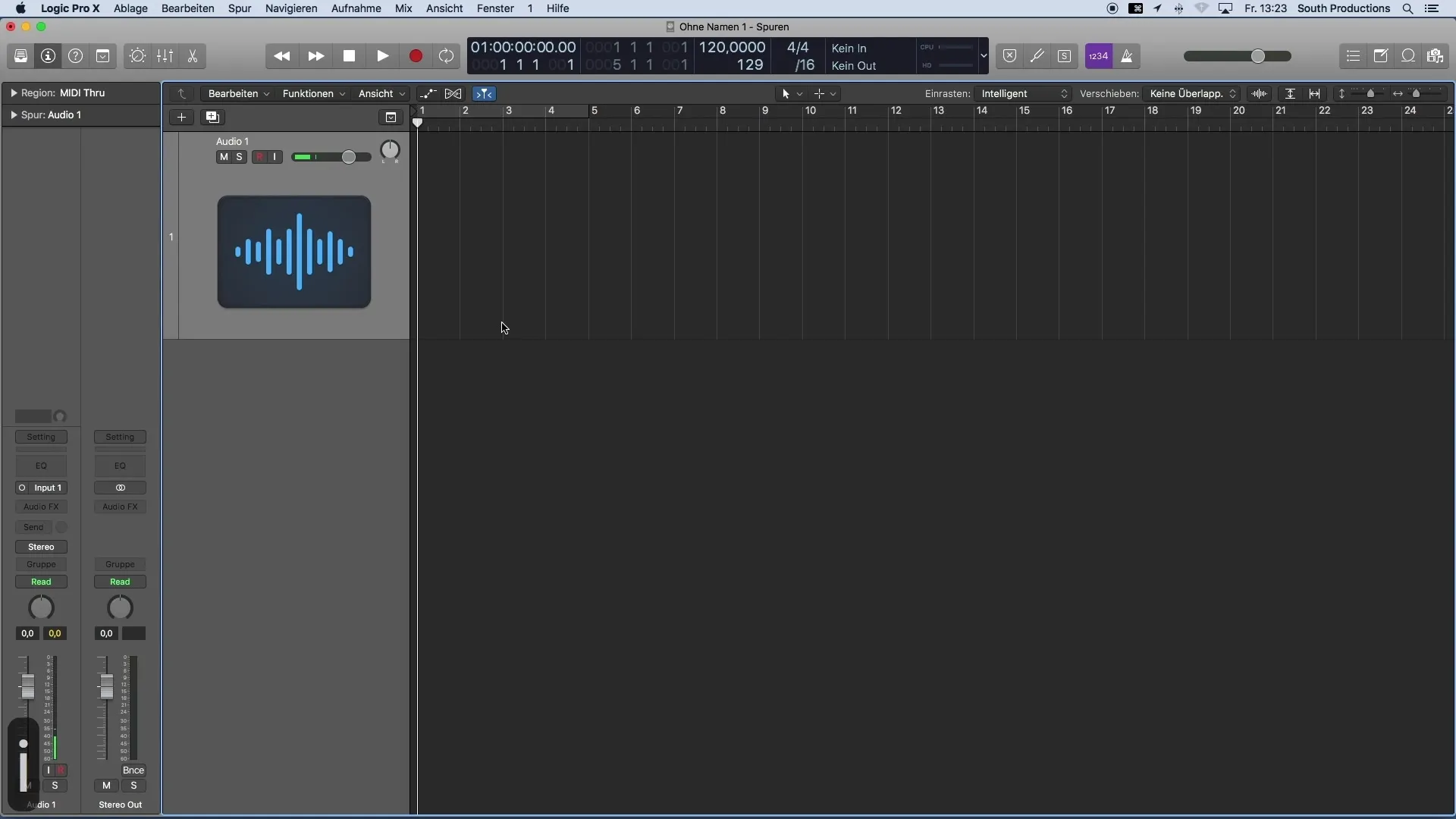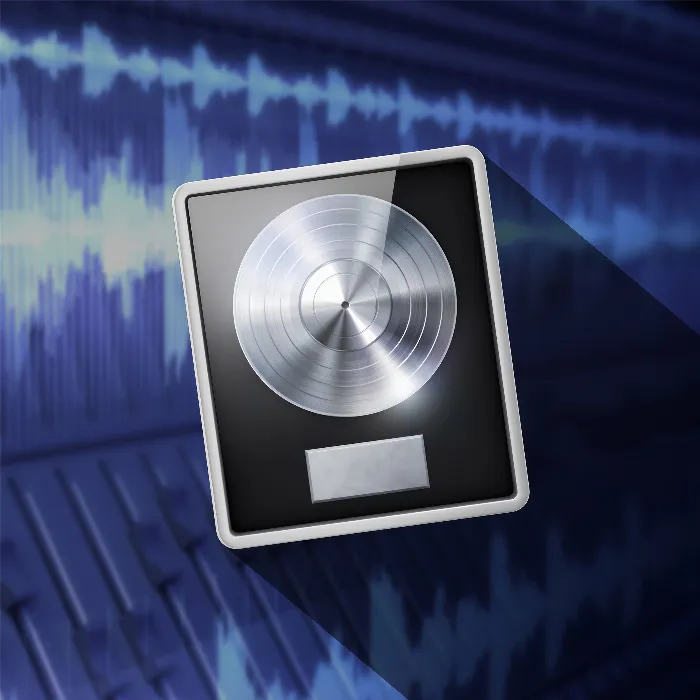As a music producer, it is crucial to be well informed about the various tools and functions of the software you use. Logic Pro X offers many powerful features that help you creatively and efficiently realize your ideas. An important part of this software is the Inspector. In this guide, we will take a detailed look at its functions and how you can effectively use them for your music production.
Key Insights
- The Inspector displays essential properties of the selected tracks and regions.
- You can easily activate the Inspector through the control bar or by pressing the "i" key.
- In the Inspector, you will find the Channel Strip, where you can choose input sources, add effects, and adjust the volume.
- There are specific settings to load a pre-made chain of effects and control the output port.
Step-by-Step Guide
Step 1: Open the Inspector
First, you need to open the Inspector to see the settings and properties of your track. You can do this most easily by clicking on the "i" in the control bar or simply pressing the "i" key on your keyboard. This will make the Inspector visible on the left side of your screen.
Step 2: View Track and Region Properties
The Inspector will now show you the essential properties of the selected track or region. This includes both the Track properties and the specific settings of the region. Here you can quickly access important parameters and adjust them as needed.

Step 3: Utilize Channel Strip
Beneath the Region and Track properties, you will find the Channel Strip. Here you can select the input source, choose effects, and check if it is a mono or stereo track. You can also adjust the volume and panorama to shape the sound of your music.
Step 4: Choose Input Source
An important function is selecting the input source for your audio tracks. In the Channel Strip, you can see the available inputs of your audio interface and choose from which input you want to receive a signal. This allows you to directly record different instruments or microphones into your DAW.
Step 5: Add Effects
In the Audio FX section, you can add various effects. For example, equalizers, compressors, or other loop effects. This gives you the opportunity to refine and creatively shape the sound of your track.
Step 6: Configure Bus and Send Effects
With the "Send" button, you can control a bus and create so-called send effects, such as reverb or delay. These effects can add depth and space to your music and are an important tool in music production.
Step 7: Control Output and Volume
Below the Send section, you can see the output of your track. By default, this is routed to the Stereo-Out, which means that the sound is output through the speakers or headphones. Additionally, you can control the volume of the signal to ensure that all parts of your music are balanced and not clipping.
Summary
The Inspector in Logic Pro X is an indispensable tool that allows you to effectively manage the settings of your tracks. With functions for adjusting track and region properties, selecting input sources, adding effects, and volume control, you have all the essential parameters readily available. Master the Inspector to take your music production to the next level.
Frequently Asked Questions
What is the Inspector in Logic Pro X?The Inspector displays the main parameters and properties of the selected track or region.
How do I open the Inspector?You can open the Inspector by clicking on the "i" in the control bar or by pressing the "i" key on your keyboard.
How can I select the input source?In the Channel Strip of the Inspector, you can see the available inputs of your audio interface and select the desired source.
What effects can I add in the Inspector?You can add various effects like equalizers, compressors, and loop effects in the Audio FX section.
What does the "Send" button do in the Inspector?With the "Send" button, you can control a bus and create send effects like reverb or delay.


